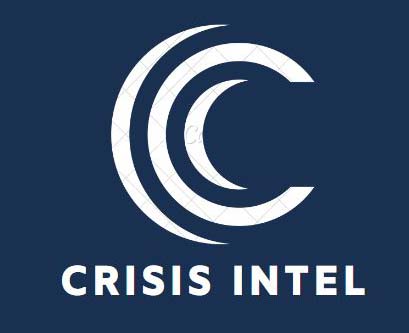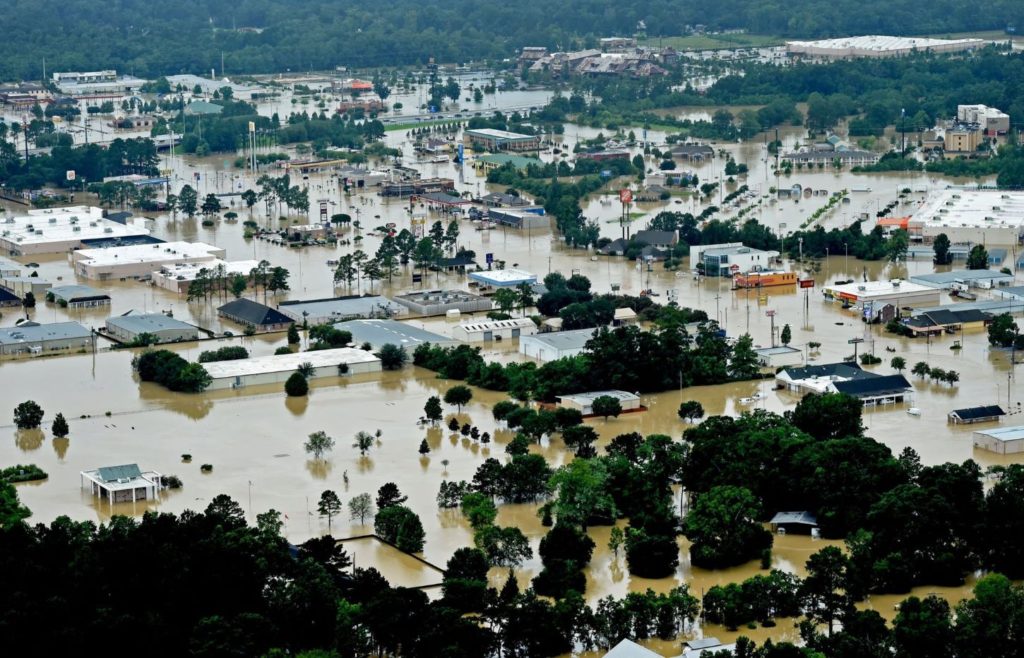Storm weather and floods represent some of the most significant and immediate threats to communities across the globe. They can result in considerable human and economic losses, and their frequency and intensity may be amplified by climate change. Louisiana, in the southern United States, offers a particularly poignant illustration of the potential perils of these natural disasters. In the past few years, Louisiana has been pummeled by multiple severe storms, causing devastating floods and other damage. Hurricane Laura in August 2020, Hurricane Delta in October 2020, and Hurricane Ida in August 2022 have been among the most destructive.
Hurricane Laura was a Category 4 storm that resulted in nearly 77 deaths and caused over $19 billion in damage across the region. The storm resulted in widespread power outages and forced tens of thousands of people into shelters. Following close on the heels of Laura, Hurricane Delta exacerbated the damage, further impeding recovery efforts. Although it was a Category 2 storm, its impacts were significantly magnified due to the vulnerability of infrastructure and communities still reeling from Laura.
Lastly, Hurricane Ida proved to be one of the most intense storms to strike Louisiana, causing extensive destruction in its wake. As a Category 4 hurricane, it had a severe impact on the power grid, leaving over a million residents without electricity and disrupting vital communication services. Such experiences underscore the importance of effective preparation for storm weather and floods.
Here are some strategies that residents in susceptible regions should employ:
Stay Informed: Always keep a close eye on weather reports and heed evacuation orders. Understand the difference between a flood watch (flooding is possible) and a flood warning (flooding is occurring or will occur soon).
Prepare an Emergency Kit: This should include items like non-perishable food, bottled water, a first-aid kit, prescription medications, a flashlight, batteries, important documents, and hygiene items.
Create a Communication Plan: Ensure every family member knows how to contact each other and where to meet in case of separation.
Protect Your Home: If time allows, secure your property. This might involve moving essential items to an upper floor, turning off utilities, or even implementing long-term flood-protection measures like waterproofing basements.
Get Insured: Make sure you have adequate insurance coverage. Many typical home insurance policies do not cover flood damage, so a separate policy may be required.
Community Drills: Participate in community disaster preparedness drills. These help to educate, inform, and establish protocols in case of real disasters.
To better deal with these disasters in the future, it is critical to support research and mitigation strategies on the local, national, and global levels. In the face of changing climate conditions, adaptive, responsive measures are necessary to protect vulnerable communities from the devastating impacts of storm weather and floods.

